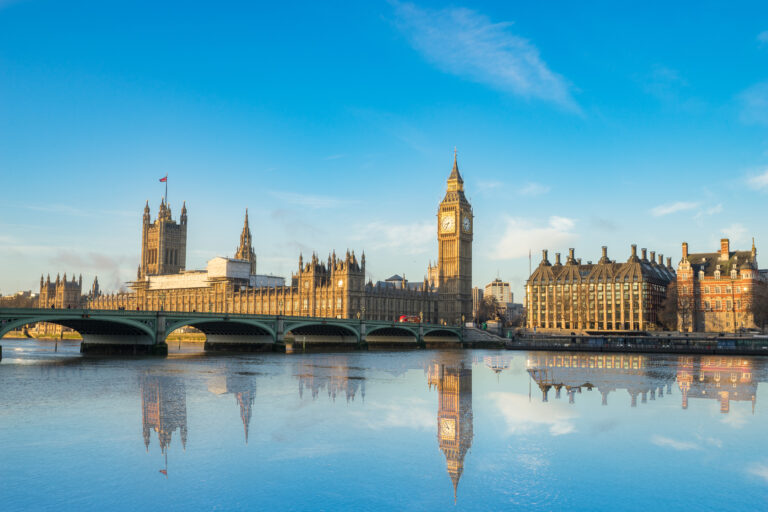
Go to section
Latest
View all
Legal updates
Babek retain its figurative mark despite Iceland alleging it lacked clarity and precision
8 Jul 2025
Thought leadership
Fit for the Future: The NHS 10 Year Health Plan for England – Key Legal and Policy Developments
8 Jul 2025

Events
See what’s coming up, register for the events that matters to you and discover our range of on-demand content.
See upcoming events
Podcasts
Essential listening for you and your organisation.
Discover our range of podcast series and subscribe to make sure you don’t miss an episode.
Listen now



/Passle/5d9604688cb6230bac62c2d0/MediaLibrary/Images/2025-07-08-14-21-06-924-686d295299637f3df977f601.png)
/Passle/5d9604688cb6230bac62c2d0/SearchServiceImages/2025-07-08-14-19-22-245-686d28ea99637f3df977f481.jpg)






